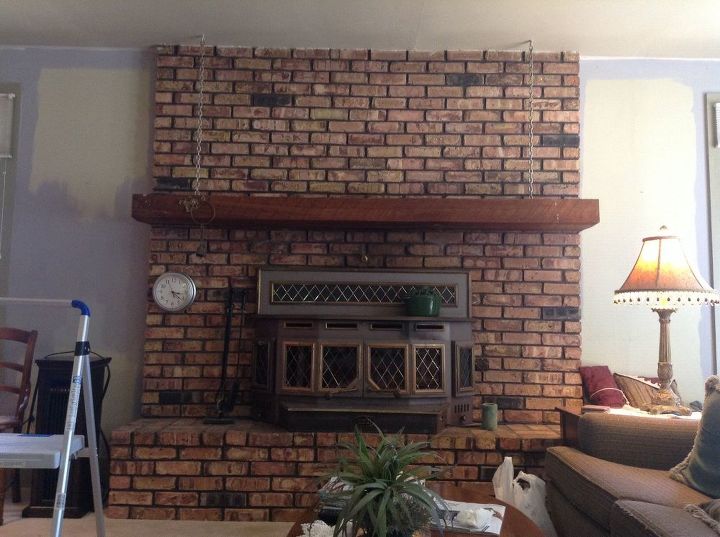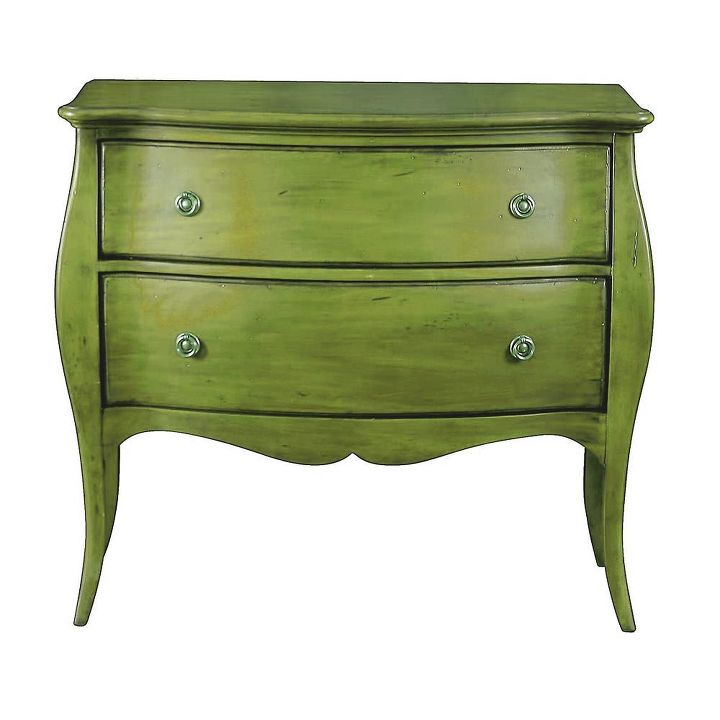How can I paint the arms & legs of a chair without removing the fabric
Related Discussions
Should I paint or stain my oak kitchen cabinets?
I was wondering if you could help me with something -- I have an entirely oak kitchen. I know it's the rage now to paint or gel stain cabinets. I've been considering ... See more
How to paint a metal front door?
How do I paint my front door? It's metal.
How to paint grout?
How do I paint grout to change the color? The grout is in great shape, but the color - meh.
How to whitewash a brick fireplace?
What is the best method to whitewash bricks surrounding a fireplace?
Can I paint upholstered furniture without fabric medium ?
I have seen several DIY instructions for painting furniture which added fabric medium to the paint. Can I just use thinned out paint until I get the desired color? Ex... See more
Am I the only one?
I don't want to sound like a total "hater", but am I the only one who doesn't like distressed furniture? I see so many beautiful pieces of furniture that would look o... See more




Use tape and newspaper. Put the newspaper in place to cover the fabric. Then tape the newspaper right til you reach the part that you do want to paint.
Cover the fabric completely with cloth and tape it off from the arms and legs with the tape completely covering the place where they connect, Paint that area carefully with a small brush.
If you cannot remove the arms & legs FIRST, then you HAVE to use major PAINTER'S TAPE as close as you can and all over the arms and legs so you have better protection for your painting expertise.
Tape and time. Be extremely diligent in covering anything that you don’t want paint to get on.
Hi..
As my team & i are pro tradies/& decoraters~ & Artists, we find many ways of ‘short cutting’ in areas without compromising ‘anything’.
We always use cling film for much; in your case cover the important areas & use a liquid latex..( *Look, simply get larger tubes of eyelash adhesive, as one can purchase seperately & a little goes a long way~ always get the white that turns to clear.)
Using double layering of cling wrap, cut it to be a fraction larger than the area you wish covered. Using the Latex in thin strips direct it straight onto any fabric/or other materials, at the edges to where materials stop & press firmly the cut cling wrap onto the area to be painted.*Please do this procedure in 10cm steps & allow 10 seconds for the latex to get a bit sticky b4 gently pressing around the areas to cover: i would use cloth gloves too, very cheap from hardware,& stops lifting from heat of your hands; Latex can be got from Hair Warehouse type of places( places that stock wholesale items in the beauty trade).
Once you have done this, i still for extra safety use plastic shopping bags & just cut pieces out to sit on top of the prepped work; which btw does not take long, i am trying to explain as best as possible.
*Also, always prepare the areas to paint b4 hand, as its easy to cover with old cloths/worn out clothing, for sanding purposes or anything other:)
Do have good hand paint brushes,3 in different sizes is the norm; cheap means bristtles will bother..also neat painting can be achieved this way...& finally don’t do thick painting, its always best to do two(2) nice coats...Let dry overnight~ properly:)
When all painting is completed then gently lift up the plastic/s & you will find the latex will just peel off.. sometimes on fabric you might have to roll your finges on spots to lift it off.
We have ‘never‘ had any damage done to any materials, though if the area was leather that you covered, then my given tip is to polish up with a high graded coconut white oil, using clean cotton cloths then polish away everywhere( as you will be happy with the natural protection & shine this amazing old trick does~ no expensive chemicals required.)
I do hope that i have explained this well enough, & do believe that it really does not take a long time prepping this way, just a little gentleness.
Happy Crafting:)))
If you use some tape and either an old rag or some newspaper, you can cover up the cloth to avoid getting paint on it!
Tape off the areas you do not want paint on. If using a brush you will not need so much tape. If spraying then you need to cover the areas you do not want paint on.
Hi John: Wrap the area you don't want painted with plastic wrap and secure it with painter's tape. Shove the area up as far as you can so that you get a lot of the wood showing. Then, after about a 1/2 hour or so, remove the wrapping so that you don't pull off the paint when you take the tape off. I'd do the bits around the fabric with a brush, instead of spraying. Also, put the legs of the chair on blocks of wood to lift it off of the work surface so that you don't paint the legs to your paper and you can sand off any drips easily.
Hi John! Just cover the fabric with newspaper then paint the chair using a small brush.